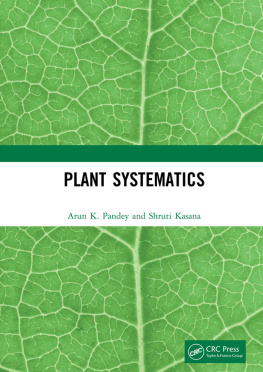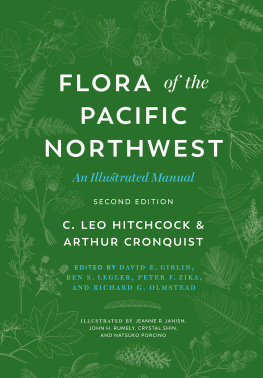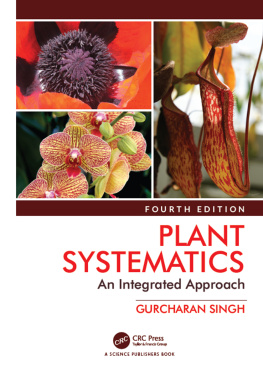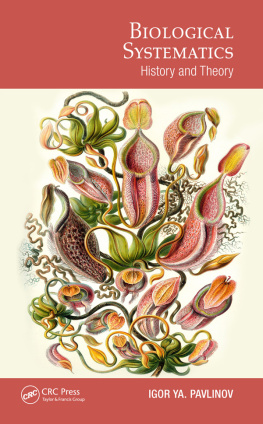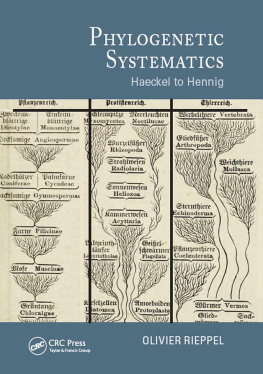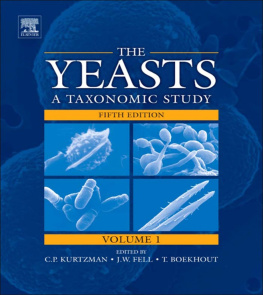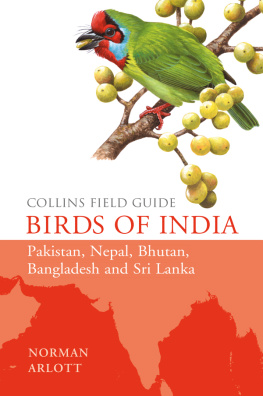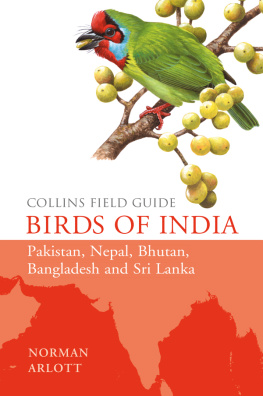PLANT SYSTEMATICS
Plant systematics is fundamental for understanding and interpreting the living diversity of the world. In recent years, plant systematics has made rapid progress and has witnessed impressive advances in floristic inventorying, incorporation of new types of comparative data, quantitative concepts, methods of phylogeny reconstruction and classification. In order to disseminate this vast data, there is a need to make available the exciting new developments in the field of plant systematics to the undergraduate and post-graduate students. This book is designed to introduce the students with the fundamentals of systematics in a simple, concise and balanced manner. The book aims to equip the students with the basics of plant taxonomy and at the same time also update them with the most recent advances in the field of plant systematics.
The book has been organized into 21 chapters that introduce and explain different concepts in a stimulating manner. The text is supplemented with relevant illustrations and photographs. Relevant literature has been added to provide a better picture of the most recent updates in the field of plant systematics. The language is simple and all the chapters are supplemented with a short summary. A glossary has been added to help the students to understand some important scientific terminology.
The book will not only be helpful for the students but also for teachers in training students in a vast subject like taxonomy that requires a detailed understanding of nomenclature, identification, classification, phenetics, cladistics, molecular phylogeny and DNA barcoding.
Dr. Arun Kumar Pandey, Former Professor of Botany and Dean of Colleges, University of Delhi, is presently Vice-Chancellor, Mansarovar Global University. He has over four decades of teaching and research experience in the field of plant systematics. Dr Pandey has published over 180 research papers, authored 10 books and guided 32 doctoral students. He is fellow of the National Academy of Sciences, India and has received several awards and recognitions for his contributions in taxonomy, molecular systematics, ethnobotany and biology of reproduction.
Dr. Shruti Kasana is presently associated with the Department of Botany, University of Delhi. She obtained her post-graduation and Ph.D. degree from University of Delhi and worked on the systematics of the genus Saussurea. She has published several research papers in journals of repute. She is recipient of Y.D. Tyagi medal of the Indian Botanical Society and member of several scientific societies.
PLANT SYSTEMATICS
Arun K.Pandey, Ph.D.
Former Professor of Botany
University of Delhi
DELHI-110007
ShrutiKasana, Ph.D.
Department of Botany
University of Delhi
DELHI-110007
NARENDRA PUBLISHING HOUSE
DELHI (INDIA)
First published 2021
by CRC Press
2 Park Square, Milton Park, Abingdon, Oxon, OX14 4RN
and by CRC Press
6000 Broken Sound Parkway NW, Suite 300, Boca Raton, FL 33487-2742
2021, Narendra Publishing House
CRC Press is an imprint of Informa UK Limited
The rights of Arun K. Pandey and Shruti Kasana to be identified as the authors of this work has been asserted by them in accordance with sections 77 and 78 of the Copyright, Designs and Patents Act 1988.
Reasonable efforts have been made to publish reliable data and information, but the author and publisher cannot assume responsibility for the validity of all materials or the consequences of their use. The authors and publishers have attempted to trace the copyright holders of all material reproduced in this publication and apologize to copyright holders if permission to publish in this form has not been obtained. If any copyright material has not been acknowledged please write and let us know so we may rectify in any future reprint.
All rights reserved. No part of this book may be reprinted or reproduced or utilised in any form or by any electronic, mechanical, or other means, now known or hereafter invented, including photocopying and recording, or in any information storage or retrieval system, without permission in writing from the publishers.
For permission to photocopy or use material electronically from this work, access
Trademark notice: Product or corporate names may be trademarks or registered trademarks, and are used only for identification and explanation without intent to infringe.
Print edition not for sale in South Asia (India, Sri Lanka, Nepal, Bangladesh, Pakistan or Bhutan).
British Library Cataloguing-in-Publication Data
A catalogue record for this book is available from the British Library
Library of Congress Cataloging-in-Publication Data
A catalog record has been requested
ISBN: 978-1-032-02466-0 (hbk)
ISBN: 978-1-003-18346-4 (ebk)

CONTENTS
Guide
Plant systematics is fundamental for understanding and interpreting the living diversity of the world. In the past few years, the field of plant systematics has made considerable progress and copious amount of new data has been generated. With the advent of updated information in the form of APG IV classification (2016), the Shenzhen code (2018) and several new viewpoints published in various journals, there is an urgent need to introduce the Undergraduate and Post graduate students with the exciting new developments in the field of plant systematics.
Systematics as a science plays an important role in appropriate examination of the biodiversity, naming of taxa, construction of classification, interpretation of phylogenetic relationships and explanation of evolutionary processes. The book has been organized into several chapters that introduce and explain these concepts in a stimulating manner. Most recent case studies where these concepts have been used to resolve taxonomic problems have been incorporated in the text for the benefit of the students. The text is supplemented with relevant line drawings and figures to aid in the process of understanding various concepts. New literature up to the year 2021 has been added to give a better picture of the most recent updates in the field.
All the chapters are supplemented with a short summary to provide a gist of each chapter. A glossary has been added to help the students to understand some important scientific terminologies. Further reading would provide the students with relevant information for an in-depth study of a particular topic.
We are especially indebted to Dr. Kanchi N. Gandhi (Harvard University) for critically going through Chapter 7 (Plant Nomenclature) and providing valuable inputs which greatly improved the text. We tender our grateful thanks to the reviewers Dr. S. Rama Rao () for their constructive suggestions.
We thank following individuals for providing photographs: Dr. Sumita Jha (), and Dr. D.K. Agrawala (Cover page).
We express our gratitude to Dr. A.A. Mao (Director, Botanical Survey of India), Dr S.K. Barik (Director, CSIR-National Botanical Research Institute), Prof. S.R. Yadav (Shivaji University), Prof. Santhosh Nampy (University of Calicut), Dr R. Prakashkumar ( Director, JNTBGRI), Dr N.S. Pradeep (Malabar Botanical Garden and Institute for Plant Sciences) for providing information about the botanical gardens of their respective institutions. We are also thankful to all the authors of scientific articles whose work has been quoted in the book. Permission has been obtained to use the illustrations/photographs.

